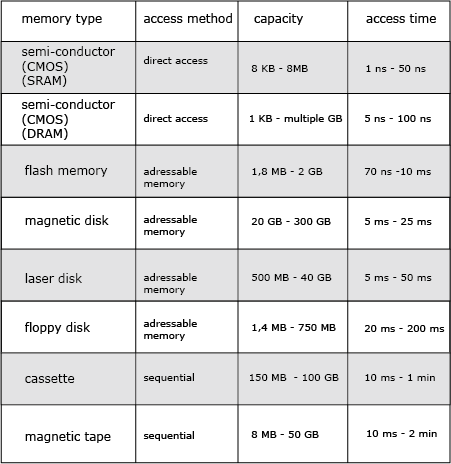Before we can decide whether certain aspects of magnetic tapes are beneficial or not, we should look at the following criteria:
In the 1950s and 1960s of the past century, magnetic tape was a very common used data carrier. One major advantage was that huge amounts of data could be written on a relatively small area (inches), which was very good in compare to older types of data carriers.
But there also was a negative aspect about the reading process. The way the tape is read, required a lot of time to access the data (so called 'sequential reading'). In worst case scenarios it could take several minutes to read the desired data. The reason for that behaviour is simple: If you want to read out data on a certain point of the tape, you need to roll through the tape until you are on the desired spot, which took some good amount of time. Hard disk drives as used nowadays read data faster.
Nevertheless, magnetic tapes are still used today, because their capacity is still fine. Also the rate at which the tape drives write is good and has no disadvantage in compare to modern data carriers.
Figure 1 outlines the capacity (KB,MB,GB) and access times ns of nowadays used memory. You see very quickly, that magnetic tape has distinct disadvantages regarding access times.

However, considering the reuseability of magnetic tapes, there are more disadvantages. Although you can write on used tape, you only can append your data at the end of the tape.
Another disfavour is the so called shoeshine-problem. It illustrates an issue, where you cannot use the whole capacity of a magnetic tape drive. In such a scenario, the data amount delivered by the drive is not high enough. In order to that, the tape drive has to stop the tape, scroll back, stop again and then continue writing. This execution is similar to the technique a shoe is polished.
Animation 1 illustrates the shoeshine effect. You can pause and repeat the animation with the buttons in the right bottom corner.
This problem also shows, that magnetic tapes have to be elastic and can be stretched. If one of those properties are not given, the surface of the tape could be easily stretched to an extend, where data is not readable anymore.